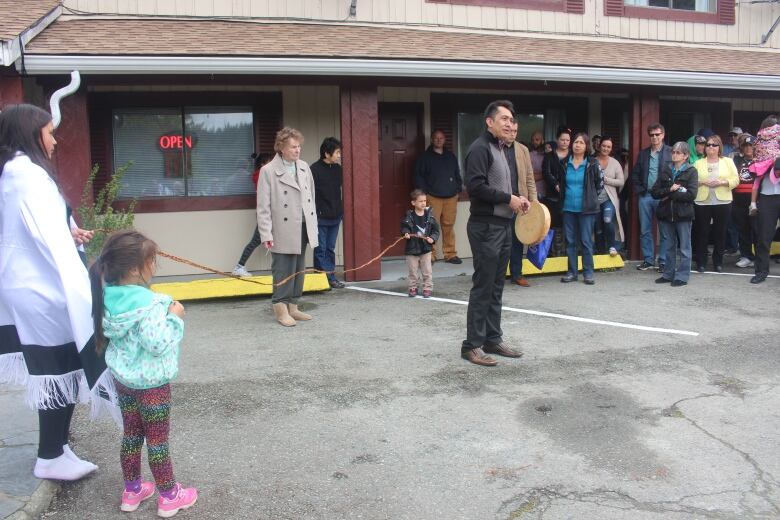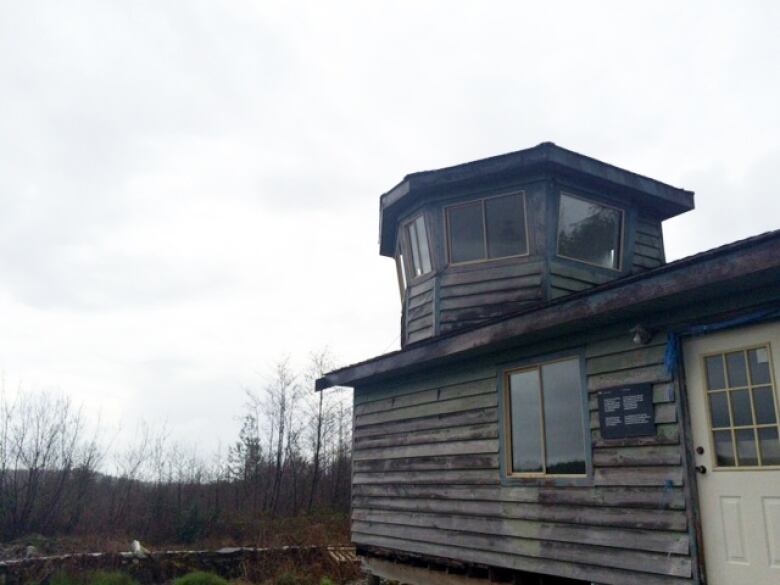Huu-ay-aht cut ribbon on new Bamfield tourism plan
First business opens in ambitious strategy to bring visitors to village in traditional territory

The Huu-ay-aht First Nationon the West Coast of Vancouver Island ismoving ahead with a plan to turn the remote village of Bamfield into a tourism destination.
The Huu-ay-ahthavecut the ribbon on a newly purchased motel in thevillage of about 300 people on the island's west coast. The business isthe start of an ambitious strategyto draw morevisitors to the area.
"With the dollar going down and more travellers coming to the West Coast, it's an opportune time," saidTrevor Cootes,an elected councillorwhoholds theeconomic development portfoliofor the Huu-ay-aht.
Bamfield fell on hard times after an Alberta businessman bought up land and businesses in the late-1990s. Development nevercame to fruition. Instead, buildings fell into disrepair and businesses closed.

In January, the Huu-ay-aht purchased 11properties in the community,which falls inside the traditional territory of the First Nation. The terms of the deal were not disclosed.
The goal is to develop a thriving tourist economy in Bamfieldoverthe next three to five years, Cootes said.
"Being a treaty nation, we have our own ability to make decisions, go into business for ourselves and have the freedom to do it," he said.
"But in signing our treaty we also need to be self-sustaining, andin order to be self-sustaining we need to build a strong economy within our traditional territories."
The Huu-ay-ahtpurchase includesseveral other businesses thatwill offer accommodations, but require some renovations before going into operation,an unused airport, and various propertiesslated for future development.
The purchases add to existing businesses the Huu-ay-aht operate in Bamfield, including a campground and gas bar.
Lifeline for Bamfield
The investment by the Huu-ay-ahtis focused on economic development for the nation, but there's hope it will also turn things around for the community of Bamfield.
"Over the years the community has declined in population. We'd like to keep our school. We'd like be able to continue the health services that we have," saidKeith Wyton, thearea director for the Alberni-Clayoquot Regional District.

The investment by the Huu-ay-aht has already spurred interest from other tourism operators, Wyton said. Acompany that operates sea planes on Vancouver Islandis now flying to the community, and a company that offers passenger ferry service just purchased a new vessel.
If the plan to grow Bamfield tourism is successful, Wyton said there's hope the province will consider upgrading the gravel industrial road that provides the only access by vehicle.
"We would like to see the road turned into a provincial road rather than a private industrial road so that it meets the standards of the rest of the road network in the province that the public travels on," he said.
Cultural tourism potential
The Huu-ay-at also hope to tap into the growing aboriginal cultural tourism sector by offering visits to an ancient village site near BamfieldcalledKiix?in.

The registered historic site contains remainsof a traditionalchief's house. Some artifactsfrom the site are on display at theRoyalB.C. Museum in Victoria.
"It's a good time for us to look at ways of protecting those areas, but at the same time providing an experience for guests to come and experience Huu-ay-aht culture," Cootes said.












_(720p).jpg)


 OFFICIAL HD MUSIC VIDEO.jpg)
.jpg)



























































































